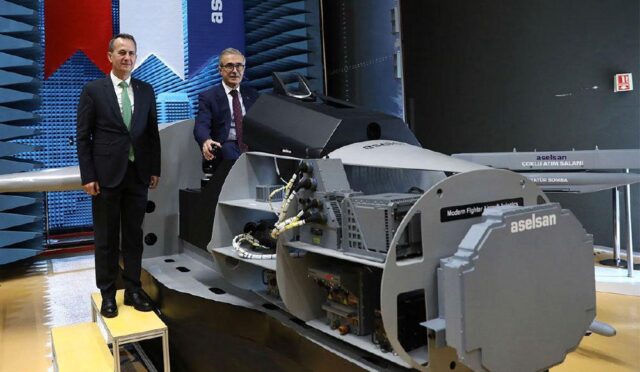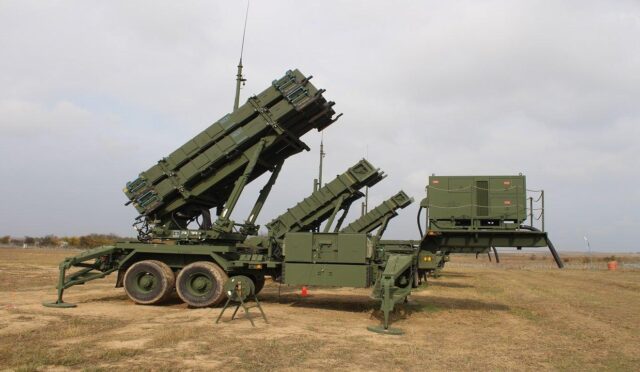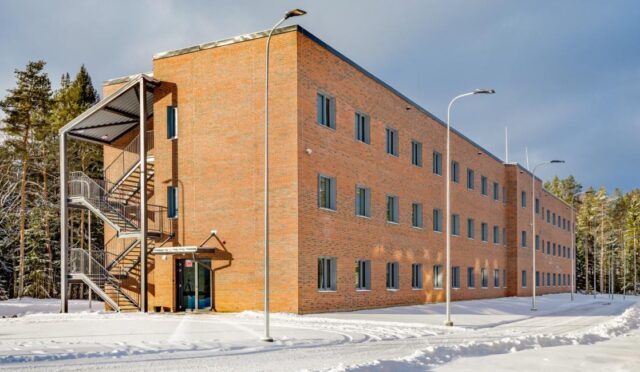Enhancing Sweden’s Air Defense with Lockheed Martin’s TPY-4 Radar System
Sweden has officially selected Lockheed Martin’s TPY-4 ground-based radar system to bolster its long-range detection capabilities. The Swedish Air Force is expected to receive deliveries of this advanced radar system by 2027, marking a significant upgrade in their air surveillance operations.
The TPY-4 radar is a sophisticated phased-array system explicitly designed for air surveillance. It provides real-time tracking and detection of airborne targets, significantly enhancing situational awareness. According to Lockheed Martin’s vice president of Radar and Sensor Systems, Rick Cordaro, the TPY-4 represents a notable advancement in integrated deterrence, promoting better interoperability with NATO allies.
Key Features of the TPY-4 Radar System
One of the standout features of the TPY-4 radar system is its ability to operate effectively in environments filled with high clutter and electronic interference. This radars utilize Active Electronically Scanned Array (AESA) technology, allowing for a scalable architecture that can adapt to future operational needs.
The TPY-4 radar is also equipped to provide early warning against tactical ballistic missiles and boasts an impressive scanning capability of up to 90 degrees in elevation. Utilizing Gallium Nitride-based transmitters alongside advanced signal processing technology, the system guarantees enhanced reliability and efficiency. Moreover, its versatility is reflected in the availability of both fixed and mobile variants, which can be quickly deployed via C-130 or C-17 aircraft, trucks, or helicopters.
Recent Contracts and International Interest
Sweden’s acquisition of the TPY-4 radar positions it as the third nation to embrace this cutting-edge fifth-generation technology. In April, the United States Air Force received its first TPY-4 system from Lockheed Martin, marking a significant milestone after the successful completion of initial tests.
Norway has also joined the ranks of TPY-4 users, doubling down on its commitment by adding three more units to its previous order, which initially included eight systems in 2022. This growing international interest highlights the radar system’s strategic importance in modern defense realms.







